Leptomate
✅ Controls seizures effectively
✅ Prevents migraine attacks
✅ Reduces neuropathic pain
✅ Improves mood stability
✅ Minimizes side effects
Leptomate contains Topiramate.
Product Overview
Leptomate is a pharmaceutical formulation containing Topiramate as its active component. This prescription medication is primarily indicated for managing epilepsy and migraine disorders. As an anticonvulsant agent, Topiramate functions by modulating abnormal neuronal activity responsible for seizure episodes and migraine attacks. The medication is formulated as oral tablets, with recommended administration frequencies of once or twice daily under medical supervision.
Therapeutic Applications
Leptomate is clinically prescribed for:
• Epilepsy management: Effectively reduces seizure frequency and severity through stabilization of cerebral electrical activity
• Migraine prophylaxis: Demonstrates efficacy in decreasing migraine attack frequency, intensity, and duration when used preventatively
Administration Guidelines
For optimal therapeutic outcomes:
• Administer tablets orally with water, maintaining consistency with or without food as per physician instructions
• Swallow tablets intact – do not crush, chew, or divide
• Maintain strict adherence to prescribed dosing regimen
• Epilepsy patients must consult healthcare providers before discontinuation to prevent rebound seizure activity
Mechanism of Action
Topiramate exerts its pharmacological effects through multiple pathways:
• Potentiation of GABA-mediated inhibitory neurotransmission
• Modulation of voltage-gated sodium channels
• Antagonism of excitatory glutamate receptors
This multimodal mechanism effectively stabilizes neuronal hyperexcitability associated with seizure disorders and migraine pathophysiology.
Dosage Protocol
Dosing parameters are individualized based on:
• Clinical indication
• Patient demographics (age/weight)
• Therapeutic response
• Tolerance profile
Standard dosing ranges:
• Epilepsy: Initial 25-50 mg/day, titrated to maintenance 200-400 mg/day
• Migraine: Initiate at 25 mg/day, escalate to 100-200 mg/day
Therapeutic Advantages
Leptomate offers significant clinical benefits:
• Effective seizure control in epilepsy
• Reduced migraine burden
• Potential adjunctive applications in:
– Bipolar disorder management
– Alcohol dependence protocols
– Neuropathic pain syndromes
Adverse Effect Profile
Common treatment-emergent effects may include:
• Neurological: Dizziness, somnolence, cognitive impairment
• Gastrointestinal: Appetite suppression, nausea, diarrhea
• Metabolic: Weight reduction
• Sensory: Paresthesia
These typically demonstrate mild-to-moderate intensity and temporal resolution with continued therapy. Persistent or severe reactions warrant medical evaluation.
Important Safety Considerations
Clinical vigilance is required for:
• Neuropsychiatric monitoring (suicidal ideation risk)
• Metabolic parameters (acidosis potential)
• Ophthalmologic surveillance (glaucoma risk)
• Renal function (nephrolithiasis predisposition)
Special precautions apply for patients with:
• Psychiatric comorbidities
• Renal impairment
• Metabolic disorders
• Ocular pathology
Storage Specifications
• Maintain at controlled room temperature (15-30°C)
• Protect from moisture and light exposure
• Store in original packaging
• Keep secured from pediatric/pet access
• Avoid bathroom or refrigeration storage
Medical Disclaimer
The provided information serves educational purposes only and represents:
• Expert-reviewed content
• Current medical knowledge
• Comprehensive safety data
This content does not substitute professional medical advice, diagnosis, or treatment. Healthcare providers should be consulted for:
• Complete risk/benefit assessments
• Individualized therapeutic plans
• Adverse event management
Our objective is to facilitate informed patient-provider discussions, not replace clinical judgment.
| Strength | 25 mg |
|---|---|
| Quantity | 30 Tablet/s, 60 Tablet/s, 90 Tablet/s, 180 Tablet/s |
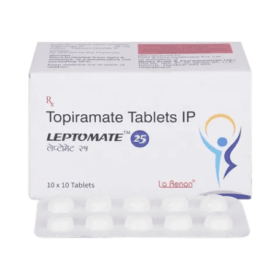 Leptomate
Leptomate









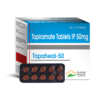
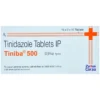
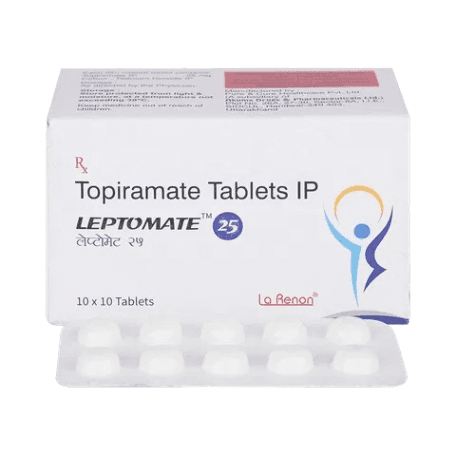
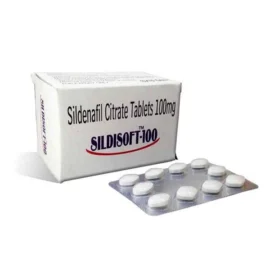
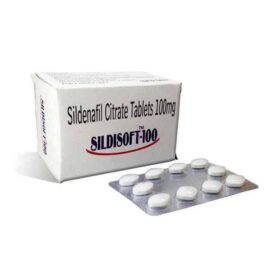
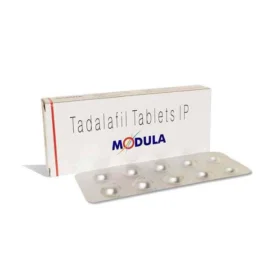
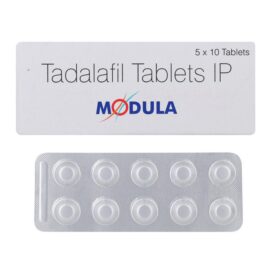



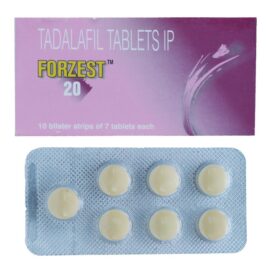


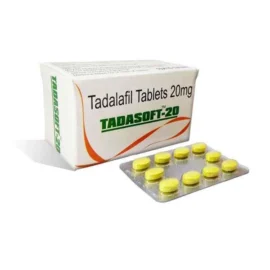
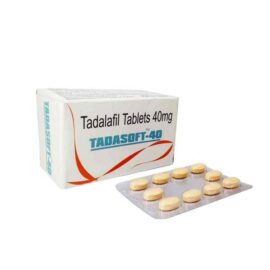

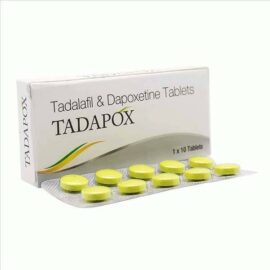
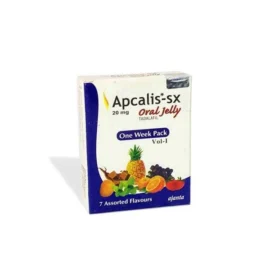




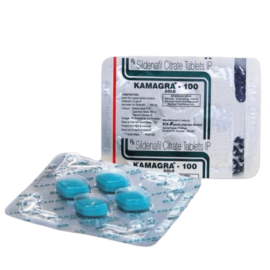
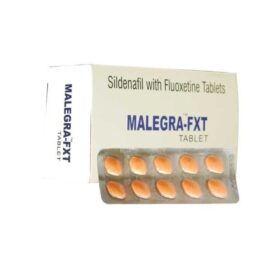
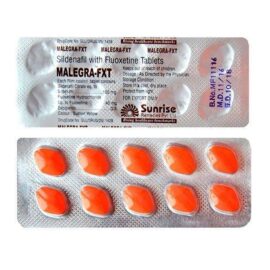
Reviews
There are no reviews yet